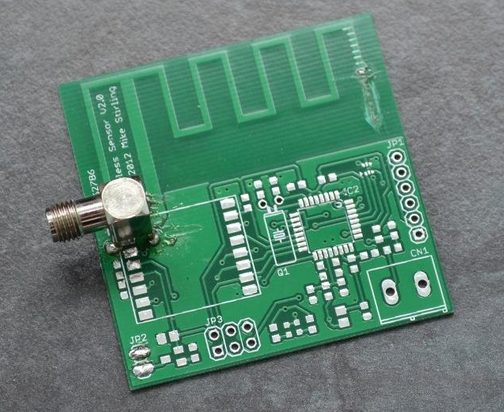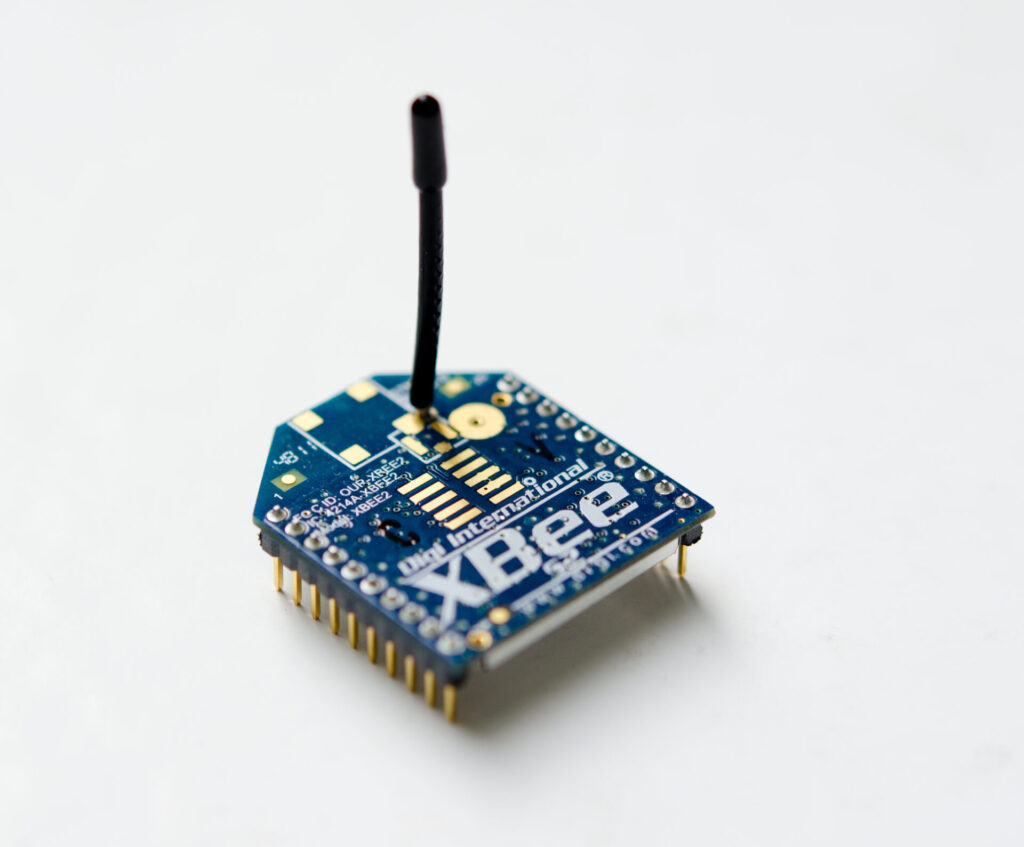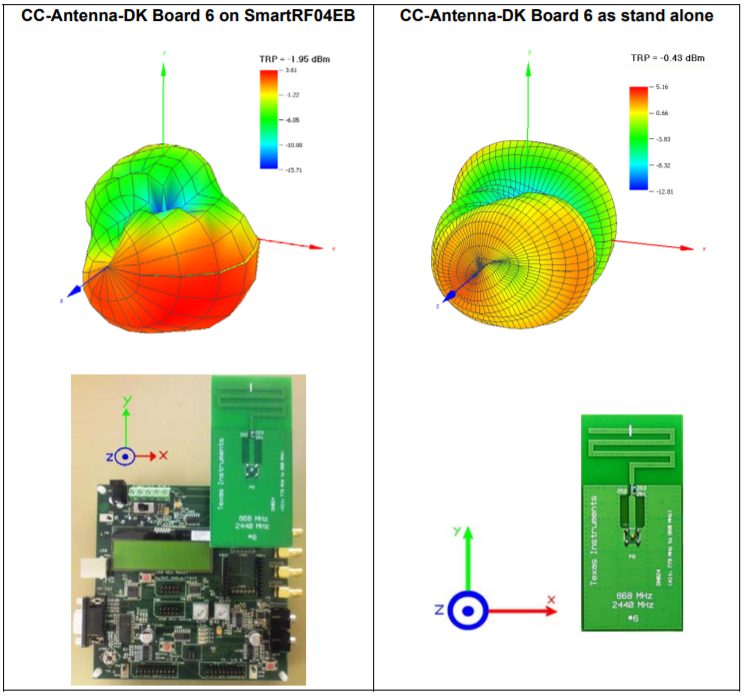& Construction

Integrated BIM tools, including Revit, AutoCAD, and Civil 3D
& Manufacturing

Professional CAD/CAM tools built on Inventor and AutoCAD
2 min read
Antennas are a vital component in any wireless communications system, allowing you to send electrical signals through space between a transmitter and receiver. However, choosing the right antenna is no easy feat, with considerations needing to be made for size, cost, performance and a ton of other variables. Are you already considering these variables when selecting an antenna?
If this is your first RF project, then you have a lot of information to consider when it comes to selecting the right antenna. This Everyday App Note from Texas Instruments packs antenna theory and practical guidelines together to make your antenna selection process a success.

This app note presents several antenna types to consider that are widely used in short-range wireless communications systems, including:
These antennas offer solid performance above 868 MHz and are the most affordable solution available. However, they can be difficult to design when requiring smaller footprints and performance of 433 MHz or below.

These antennas are the generalists of the antenna family. They offer the smallest footprint available, average performance, and average cost. Chip antennas are a great solution if you need the fastest time to market for your RF project.

These antennas offer great performance, but their large size makes them difficult to fit into many wireless communications systems. They are also one of the most expensive antenna types to design and manufacture.

Knowing about antenna types alone won’t dispel the mystery of which is the best for your RF project. There are also several general parameters that need to be considered, including:
These patterns measure how radiation will vary around an antenna. Knowing this pattern will help you to understand the ideal orientation an antenna should be placed in to maximize coverage.

It’s important to understand how the size and shape of your ground plane will affect your radiation pattern. Effective use of a ground plane can restrict RF emissions in specific planes and guide antenna direction for the highest efficiency.

There’s always a trade-off to be made between size, cost, and performance. For example, a board with limited space might be more effective with a small, high frequency antenna than with a low frequency antenna.
Ready to learn about all the different antenna types, design considerations, and parameters you need to consider for your next RF project? This app note is great for beginners and veterans alike. There’s an introduction to antenna theory for those new to RF, and plenty of practical guidelines to make your antenna selection process a success!
By clicking subscribe, I agree to receive the Fusion newsletter and acknowledge the Autodesk Privacy Statement.
Success!
May we collect and use your data?
Learn more about the Third Party Services we use and our Privacy Statement.May we collect and use your data to tailor your experience?
Explore the benefits of a customized experience by managing your privacy settings for this site or visit our Privacy Statement to learn more about your options.